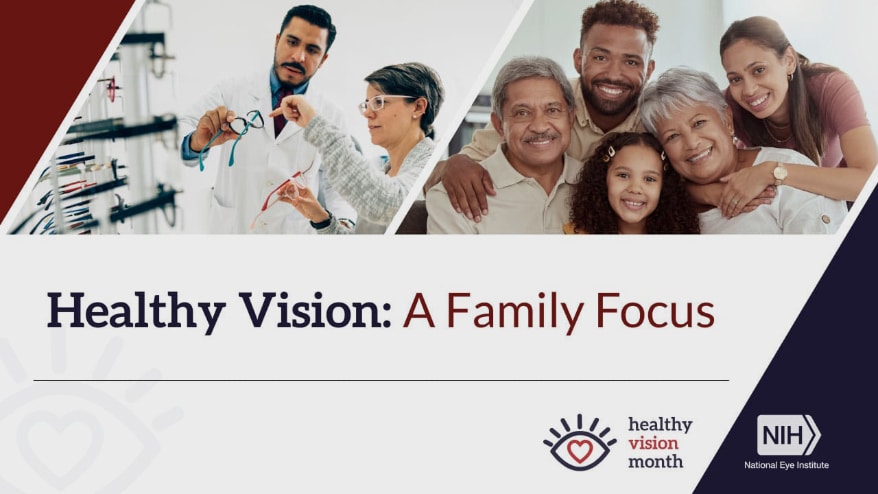 May is Vision Health Month in the United States and Canada.
May is Vision Health Month in the United States and Canada.
FYidoctors, Canada’s largest eyecare provider with more than 300 clinics across the Great White North, commissioned a national survey to help promote awareness.
The findings of the survey conducted by Maru Public Opinion were revealed this week. They show how our neighbors to the north regard and care for their vision and eye health. And it isn’t much different than we do in the U.S.
The Most Precious Sense
Canadians rank vision as their most important sense that they’d never want to lose. The tally wasn’t particularly close with 83% selecting eyesight over hearing (8%), taste (4%), touch (3%), and smell (2%).
The results match with a 2022 U.S. survey conducted by NVISION (no affiliation with INVISION Magazine) which found 77% of Americans value eyesight most of all, followed by hearing (14%), touching (6%), smelling 92%) and tasting (1%).
Similarly, a study out of England in 2019 found UK residents also placed a premium on eyesight over other senses. Once again, hearing came in a distant second. In fact, this study discovered: “On average, participants would choose 4.6 years of life in perfect health over 10 years of life with complete sight loss.”
Advertisement
What Me Worry?
Clearly, Canadians value their eyesight. And yet the Maru survey revealed a whopping 42% of the respondents ‘rarely’ or ‘never’ visit an optometrist to get their eyes examined.
Of course, a more positive focus is that 58% of Canadians make an appointment with an optometrist at least every two years. However, regular eye exams – even for those with healthy vision and no symptoms – are an important tool in detecting eye issues early on when they are more likely to be easier to treat.
“With May being Vision Health Month, it’s an important reminder for Canadians to book their book their regular eye exam,” says Dr. Alan Ulsifer, Chair and CEO of FYidoctors, in a press release. “The results of this survey point clearly to the fact that Canadians place high value on their eye health, but not enough are taking the proper steps to maintaining it.”
Screen Time = Strained Eyes
It is well documented that the more time we spend before a screen, be it a computer, a tablet or a phone, the more strain we put on our eyes. We blink less when we stare at a screen, which dries out our eyes. But that’s not all! Excessive screen time can lead to eye fatigue or Digital eye strain or headaches.
And modern life shows no sign in easing our pain.
Nearly 7 out of 10 Canadians are spending six or more hours a day staring at a screen. Somehow, 1 in 5 Canadians spend 10-15+ hours a day in front of a screen.
Advertisement
Those results match up globally.
Humans average nearly 7 hours of screen time a day. This is unprecedented territory, and it is only increasing. The average has risen nearly an hour since 2013.
“Whether it’s providing advice about how blue light affects their eyes when viewing screens, or the fact that eye exams can help detect other diseases such as diabetes, heart disease, or even brain tumours, it’s important to take that time with your optometrist,” says Dr. Ulsifer.
Say My Name
A problem, though, with not visiting your optometrist often enough, is it’s easy to forget their name!
A sizeable portion of Canadians surveyed – 43% — admitted they didn’t know their optometrists’ name. It is hard to make an appointment if you don’t know who you are calling. (For all you non-eyecare professionals out there, here’s a handy resource that explains the difference between ophthalmologists, optometrists, and opticians.)
Americans don’t poll any better when it comes to eye health and awareness. Hence the need for the National Eye Institute to create Vision Health Month in the first place 20 years ago. This year the NEI is highlighting a new suite of Spanish content and materials to support Spanish-speaking Hispanic/Latino families.
Advertisement
You can learn more about Vision Health Month from the U.S. Centers for Disease Control and Prevention here or the Canadian Association of Optometrists here.